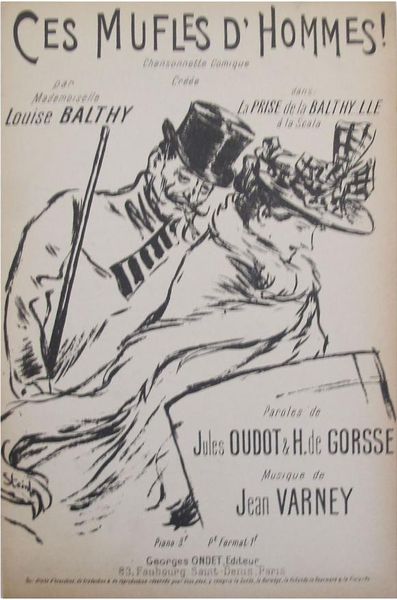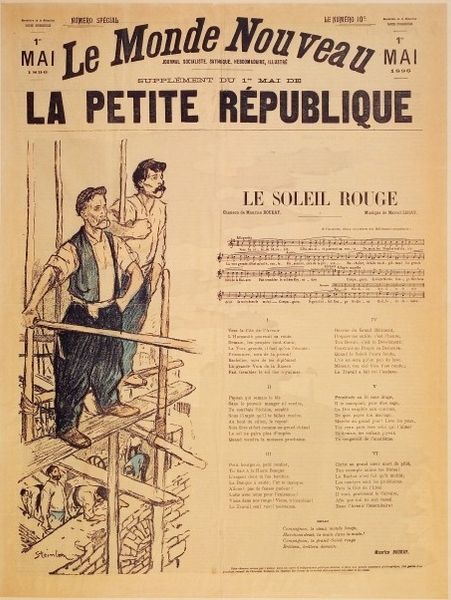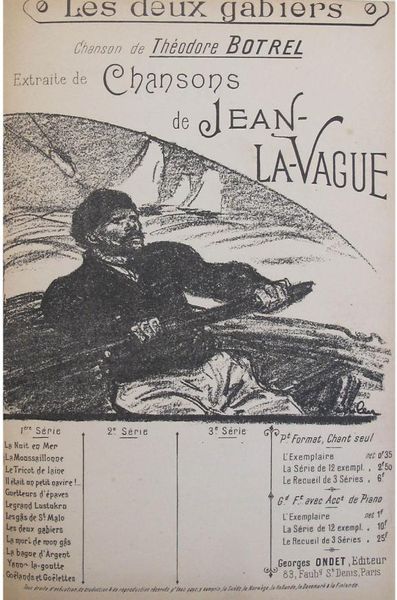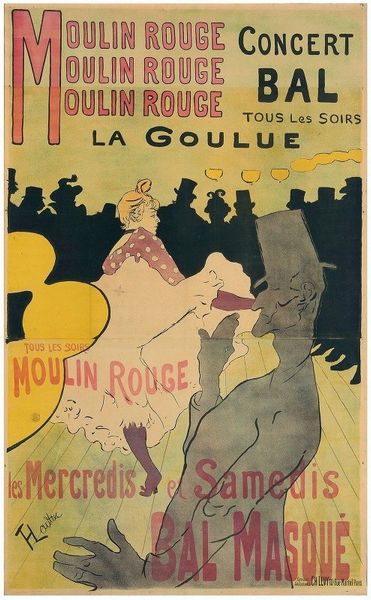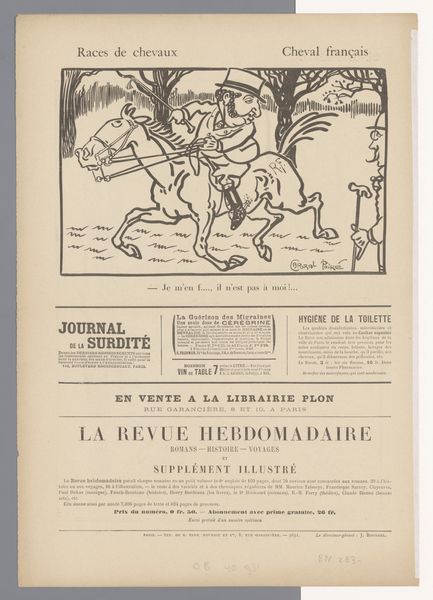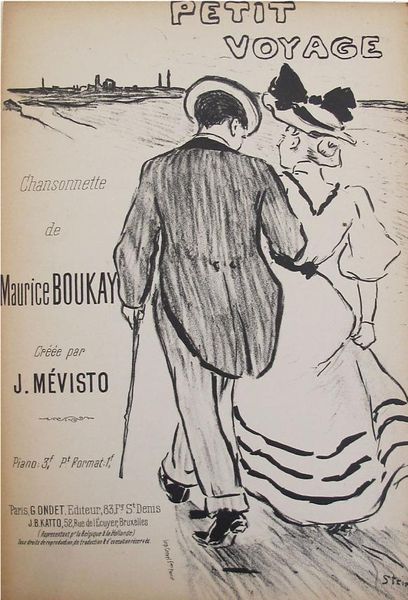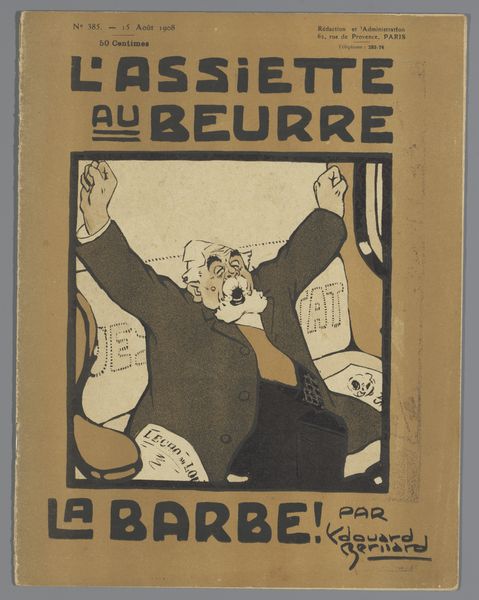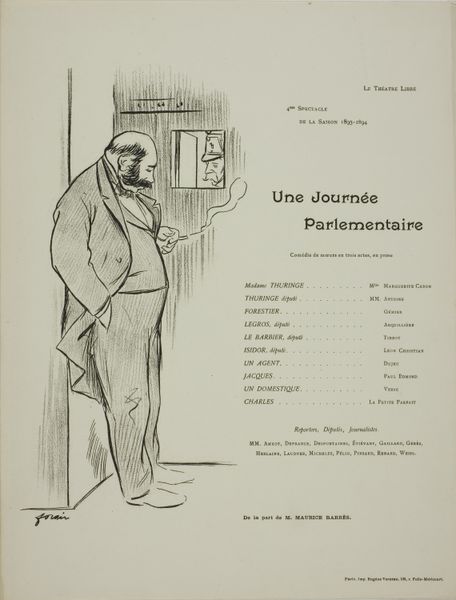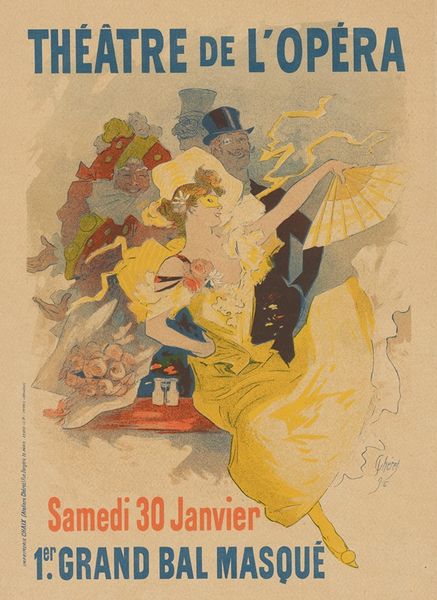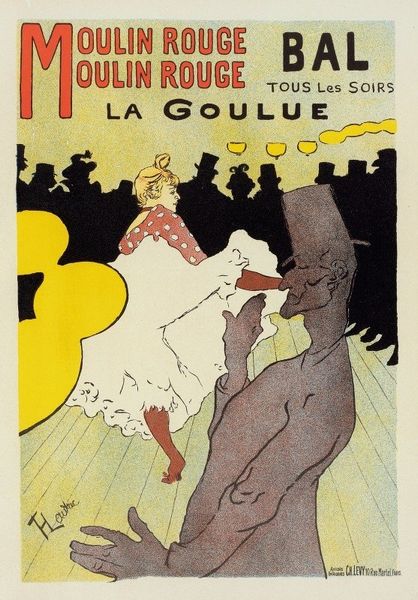
drawing, ink, poster
#
drawing
#
ink drawing
#
landscape
#
figuration
#
ink
#
symbolism
#
cityscape
#
poster
Copyright: Public domain
Editor: Here we have "L'Aiguilleur," a drawing from 1892 by Théophile Alexandre Steinlen, done in ink. There's a palpable sense of grim determination in the figure depicted. It almost feels like a visual metaphor for the struggles of the working class. What do you see in this piece? Curator: This image pulses with the weight of societal narratives. The signalman, a figure almost consumed by shadow, stands as a potent symbol. Consider how the railway itself had become, by the late 19th century, not just a mode of transport, but a symbol of modernity, industrial progress…and the human cost associated with that. Editor: So, the signalman is standing at some kind of industrial crossroads? Curator: Precisely! But what does this "crossroads" truly represent? It could signify individual destinies, or societal shifts; perhaps even the uncertain path of a nation grappling with rapid change. What about his specific tools of his work? Are they also symbolic in any way? Editor: It seems as though the levers could symbolize choice and responsibility, maybe the burden of decision-making… it seems he's trapped by his labour. Curator: Precisely. Steinlen is inviting us to reflect on not only progress, but its implications on the worker, through carefully selected and suggestive symbols, allowing him to tap into a collective cultural anxiety. We have become accustomed to the image of the city, yes? Editor: Definitely, it shows the rapid social and economic changes of that era with haunting visual cues. Curator: An era where anxieties of modernity, class disparity and progress became an intricate system of railway lines leading who knows where, each rail potent in the art of iconography.
Comments
No comments
Be the first to comment and join the conversation on the ultimate creative platform.
